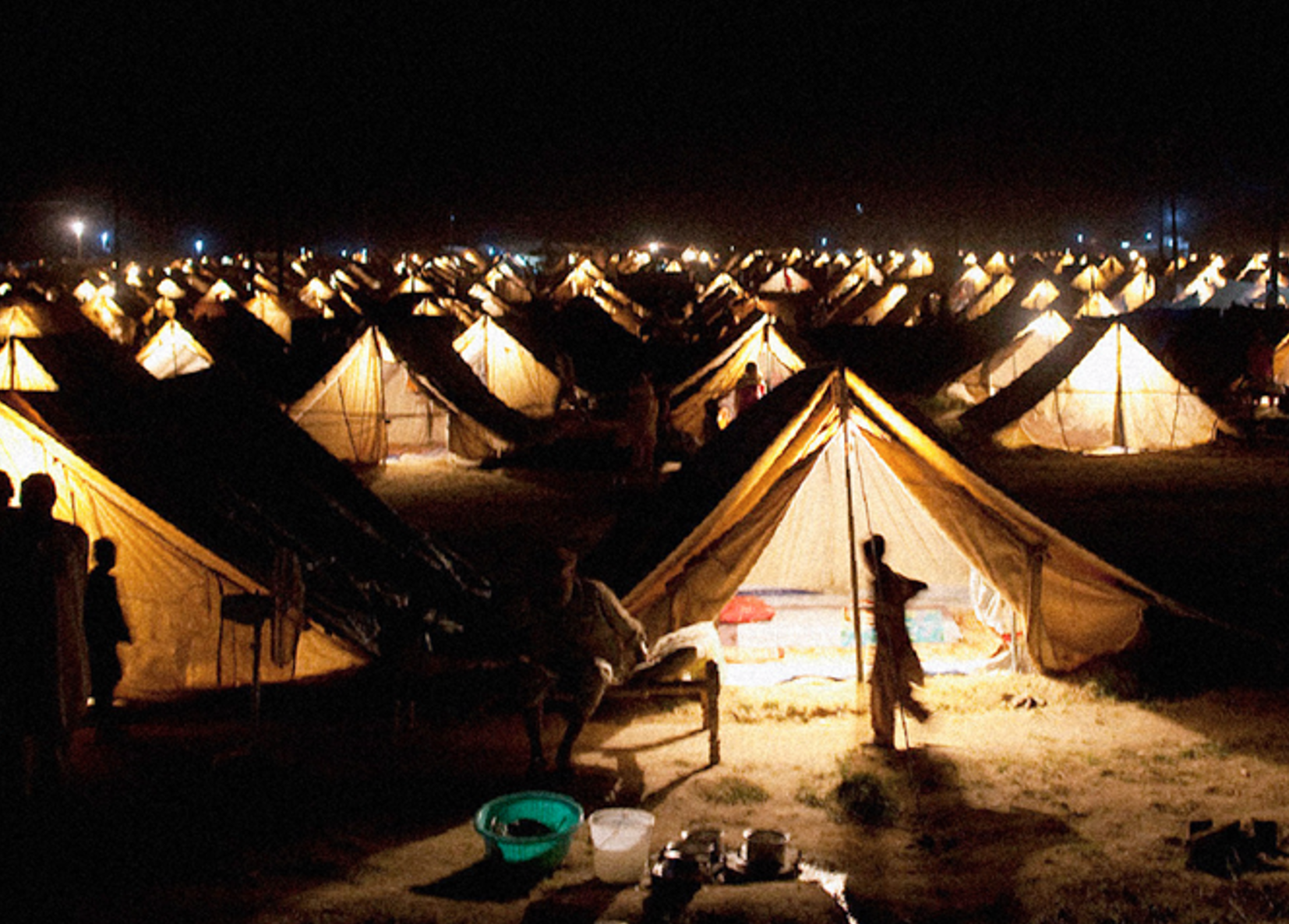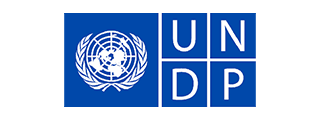
Author: Tim Britton, Hudara
Access for all by 2030
We have just launched our new project in partnership with the UN Refugee Agency (UNHCR). The central goal is to provide affordable, reliable and sustainable energy to all settlements of displaced persons and surrounding local communities by 2030. This is a very important and challenging vision given that the vast majority of the more than 80 million displaced persons worldwide (UNHCR, 2021a) still lack access to basic energy services (UNHCR, 2019). Conditions in displacement are difficult, and energy is critical for people to cook their food and cool, heat, or light their living spaces. There are a number of areas that depend on the availability of energy, such as running health stations, schools, community facilities and humanitarian offices. Energy is an essential element in the transition from a humanitarian emergency to a development situation in order to plan for the medium to long-term, and influences the achievement of 74 percent of the Sustainable Development Goals (SDGs) (IRENA, 2019; Bank, 2017).
Status quo of energy availability
In the event of a crisis, emergency assistance to displaced persons focuses on water, food, sanitation, and shelter. There is no established strategy for the systematic development of energy infrastructure in transitional settlements. As a result, energy infrastructure is either nonexistent or poorly designed. According to UNHCR (2021a), the majority of refugee households in various host countries such as South Sudan (63 percent) and Burkina Faso (60 percent) report that they regularly skip meals because they lack fuel for cooking. The low availability of electricity is also alarming. For example, 97 percent of displaced persons living in camps have very limited or no access to electricity (UNHCR, 2019). These are snapshots of inadequate energy service provision in the displacement context, the extent of which remains largely unknown due to slow progress in collecting data on humanitarian energy access (Bisaga & Rosenberg-Jansen, 2020).
Rethinking energy supply
There is an obvious very urgent need for change. New primary data is required to better understand current access to energy services, site-specific resources, difficulties and needs. Therefore, we have begun working with UNHCR to compile a comprehensive information base that will enable the development of integrated energy strategies that ensure access to services, but also promote self-determination and resilience. Locally appropriate and community-based energy projects that rely on renewables are promising building blocks (IRENA, 2018). They are characterized by varying degrees of community participation in decision-making, implementation, and benefit-sharing (IRENA, 2018). Energy supply through community projects promises to be sustainable in the long-term and improves the ability of stakeholders to become self-sufficient and integrated into local economic, social, and political structures.
At Hudara, we see the affected people and the community in which they live as the core of any project. For us, this means thinking from the side of those affected and developing long-term strategies through a collaborative process. We believe that the contextual diversity of displacement areas, the complexity of the energy needs of displaced persons, as well as the opportunities and benefits of actively engaging them in projects, require a bottom-up approach.
References
Bank, W. (2017). State of Electricity Access Report.
Bisaga, I., Rosenberg-Jansen, S. (2020). GPA Workshops in July 2020: Data and Indicators for Global and Project Humanitarian Energy Needs, GPA and UNITAR, Geneva Switzerland.
IRENA. (2018). Community energy: Broadening the ownership of renewables.
IRENA. (2019). Renewables for refugee settlements: Sustainable energy access in humanitarian situations, International Renewable Energy Agency, Abu Dhabi.
Läderach, P., Ramirez-Villegas, J., Caroli, G., Sadoff, C., & Pacillo, G. (2021). Climate finance and peace—tackling the climate and humanitarian crisis. The Lancet Planetary Health, 5(12), e856-e858.
UNHCR. (2019). Global strategy for sustainable energy: A UNHCR strategy 2019-2025.
UNHCR. (2021a). Mid year trends 2021.
UNHCR. (2021b). Integrated Refugee and Forcibly Displaced Energy Information System.












